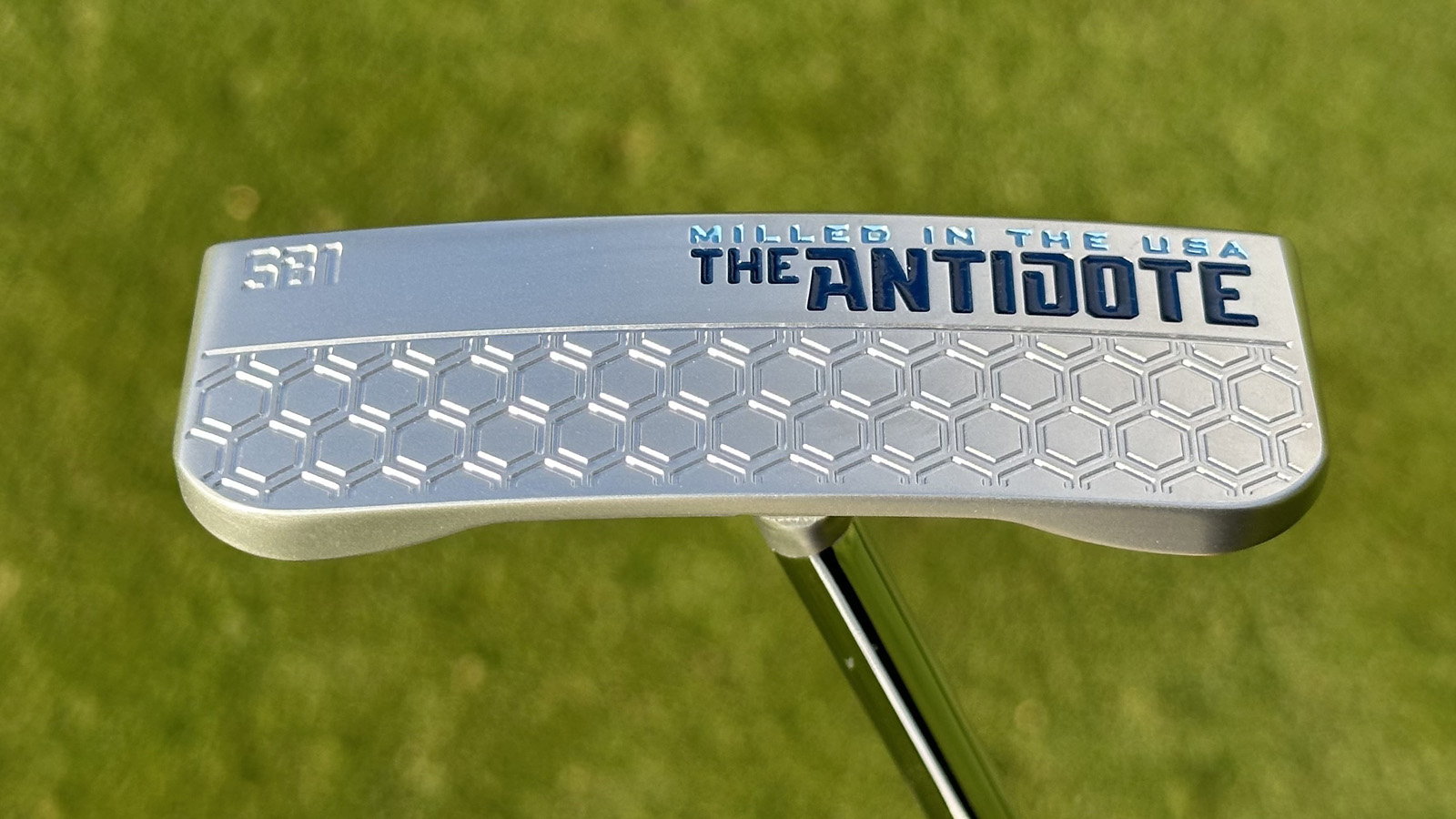Putters
Read up on reviews and ratings for putters from all the biggest names in golf. Find the perfect putter with the experts at Golf Monthly.
The putter market exploded recently after the anchoring ban saw a raft of new designs launched to offer anchored stability in a legal club design. Then a strange thing happened when designers realised the counterbalanced technology they’d created could transform the traditional putter market as well. While counterbalanced putters are the current hot trend, in a market that is so subjective, more traditional putters will always have their place. Here we give you a few tips and things to consider if you are considering upgrading your current flat stick for a new model.
Putters buyers guide
Which head shapes should I consider? The smallest option, blades were once recommended for tour pros and better players alone. But now, with modern materials and new ways of making them more stable in the stroke, they are worth considering for anyone who likes a compact look at address and the heightened feel a blade normally provides. Mid-mallets are smaller than mallets and bigger than blades, offering a good fusion of feel and stability. Their size also makes them more versatile for different stroke types, either arcing or straight back and through. Mallets are the largest and are stereotypically more suited to mid and higher handicap golfers because the larger heads allow more weight to be deployed to stop the head from twisting, making them more stable. Colours and alignment aids From contrasting white and black heads, to more traditional finishes, there is something for all of your tastes. There’s also a raft of innovative alignment aids to offer an alternative to the simple sight lines, like the pair of squares on Cleveland’s Smart Square, the t-shape lines on Titleist’s Scotty Cameron Futura X and the classic two circles on Odyssey’s Versa Two-Ball. Weighting The biggest recent innovation was the introduction of counterbalancing, a technology that sees lots of weight placed in the head to reduce unwanted twisting, with a little weight also added to the shaft and grip to create the ideal pendulum feel. This concept has since been applied to multiple head types, including blades. However, in a part of the game as subjective as putting, a heavy head won’t be for everyone. Face type The final thing to consider is also one of the most important, as your feel off the face is a big factor when it comes to controlling your distance. Most manufacturers have their own take when it comes to the face’s design. Some prefer a milled design, where the steel is never heated, cooled or hardened, so it never has the opportunity to change its structure for more consistency in material. Others prefer the use of an insert, like PING’s variable-depth-groove insert that it says improves ball-speed consistency on putts struck from the heel or toe thanks to grooves that are deepest in the middle and shallower toward the perimeter. There’s no hard and fast rules about which type of golfers will suit which approach, so it’s worthwhile trying as many as you can to narrow down your options.
Latest
-
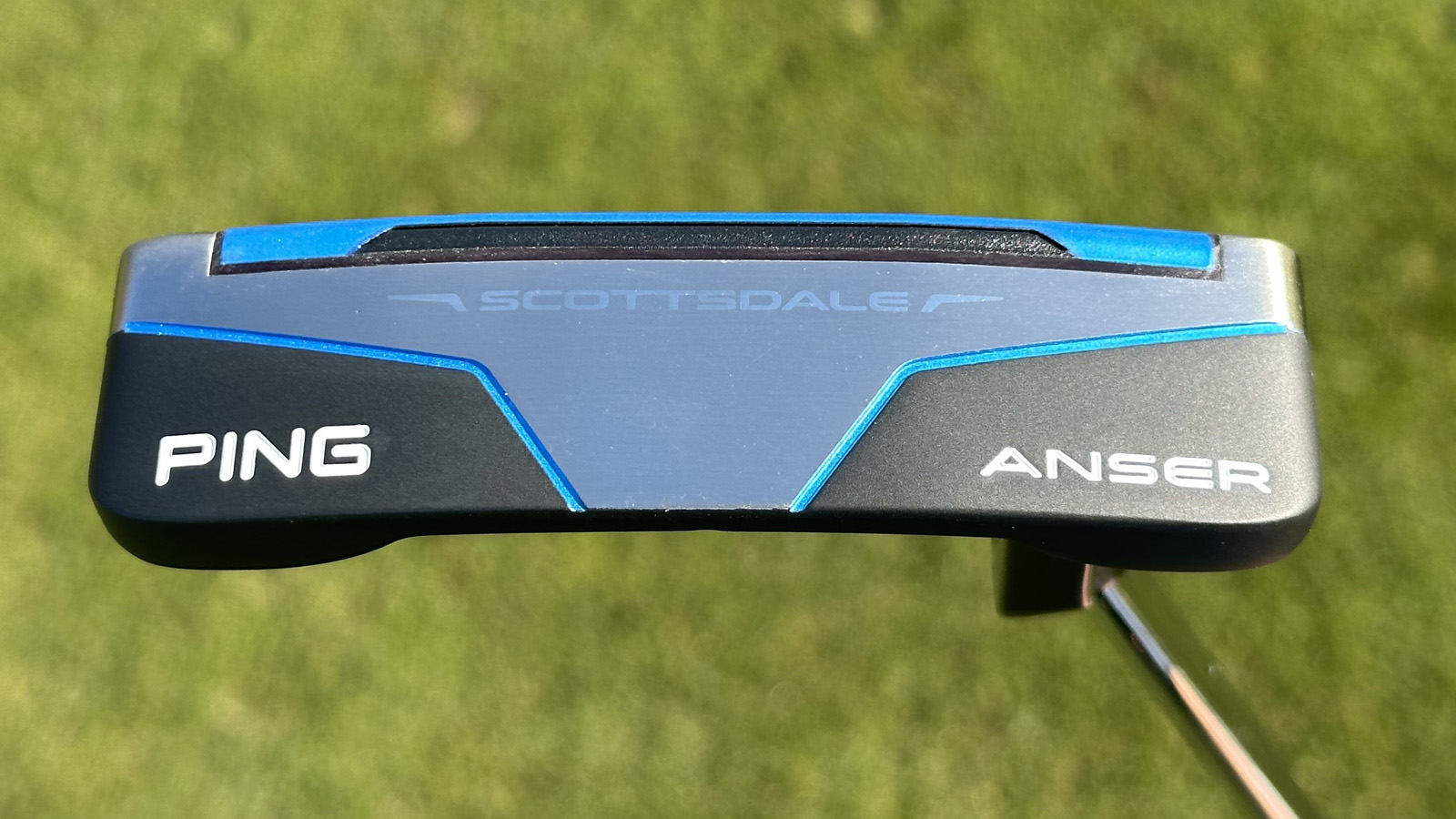
Ping Scottsdale Anser Putter Review
One of the most iconic putters of all time has had a makeover for 2025 but would it impress our putter expert on the greens?
By Sam De'Ath Published
-
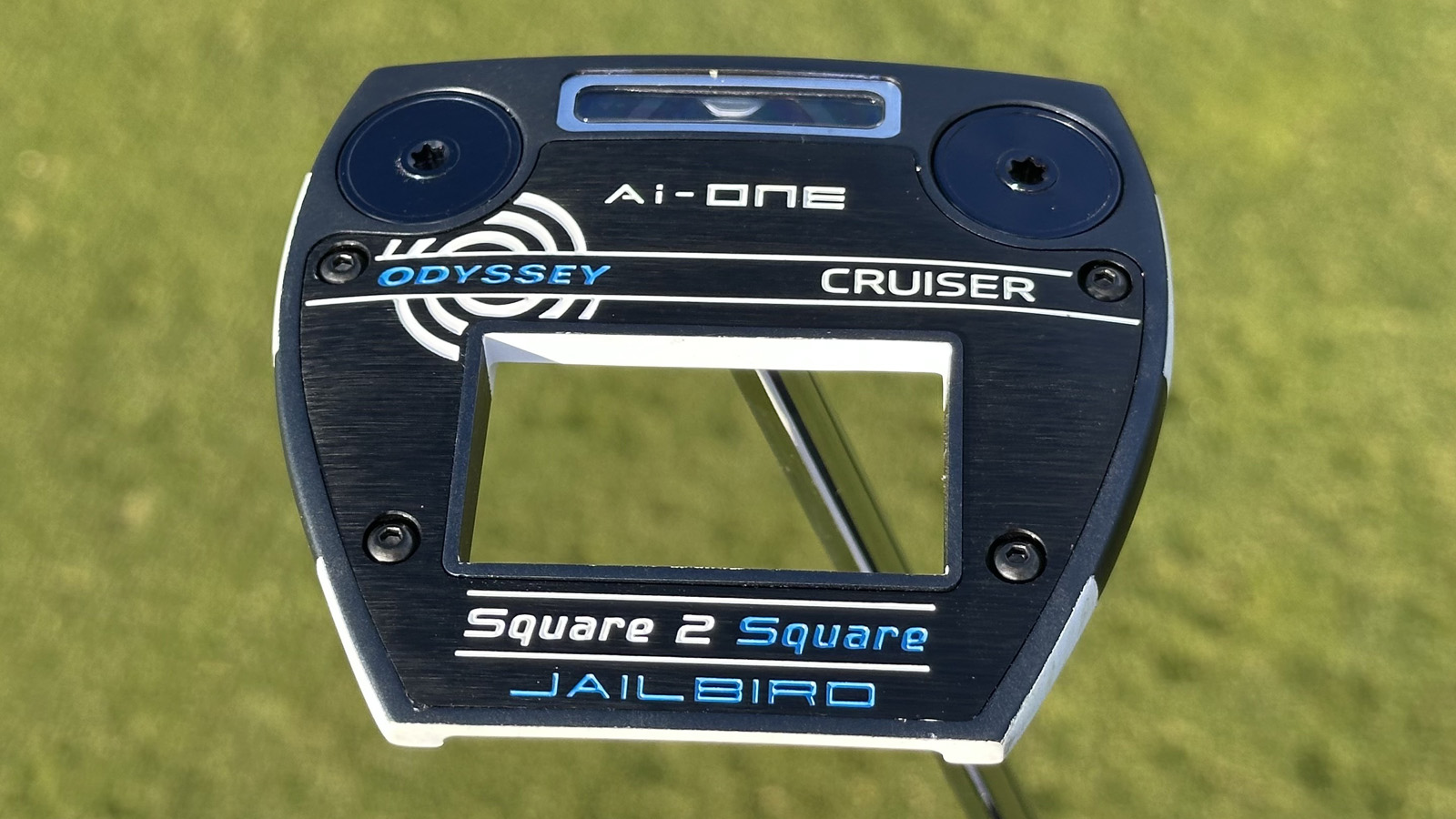
Odyssey Ai-One Square 2 Square Jailbird Cruiser Putter Review
Sam De’Ath tests the Odyssey Ai-One Square 2 Square Jailbird Cruiser Putter on the course to see if it’s as stable as it appears
By Sam De'Ath Published
-
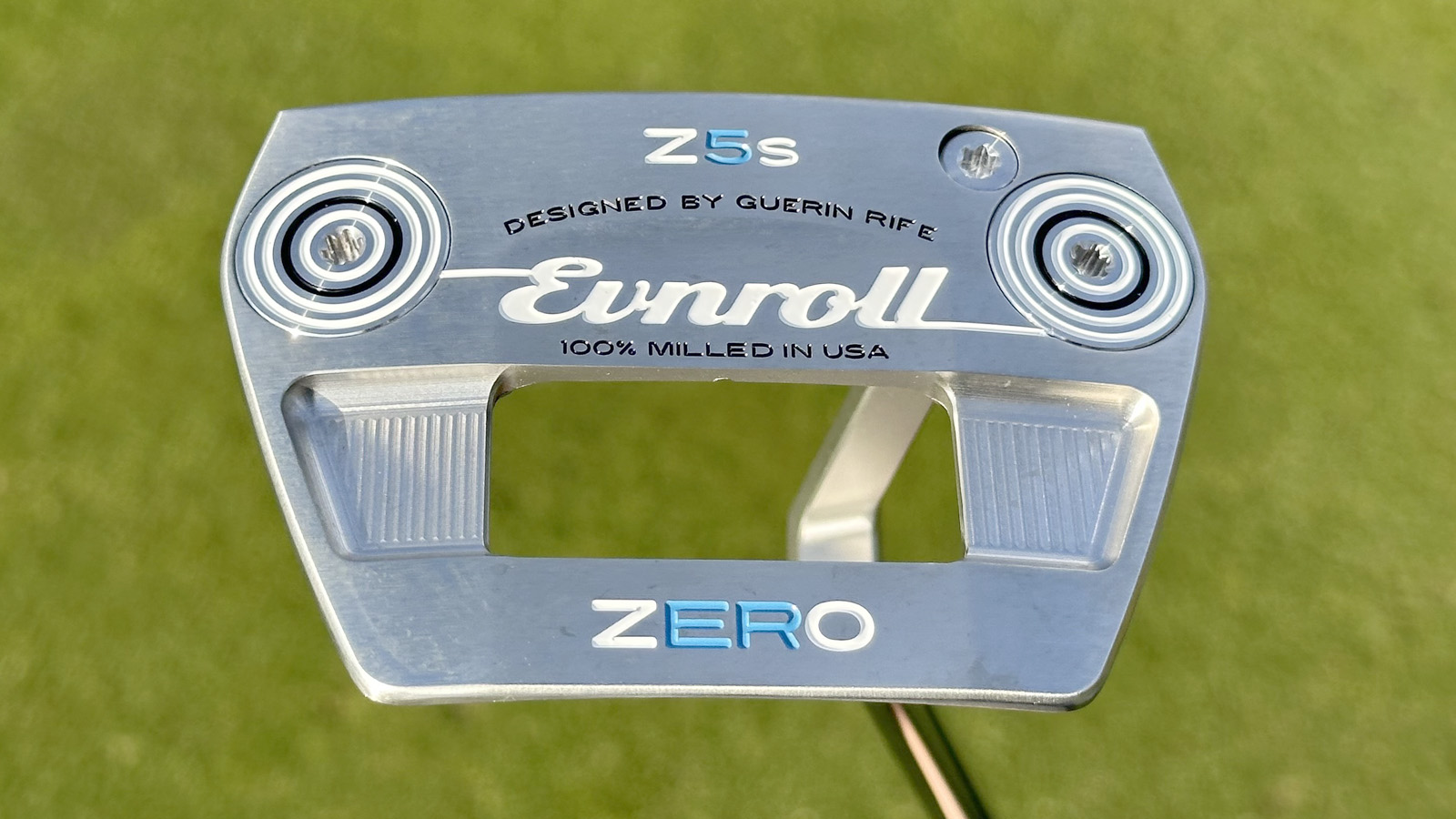
Evnroll Zero Z5s Putter Review
Putter expert Sam De’Ath takes the Evnroll Zero Z5s putter onto the course to test and analyze its performance
By Sam De'Ath Published
-
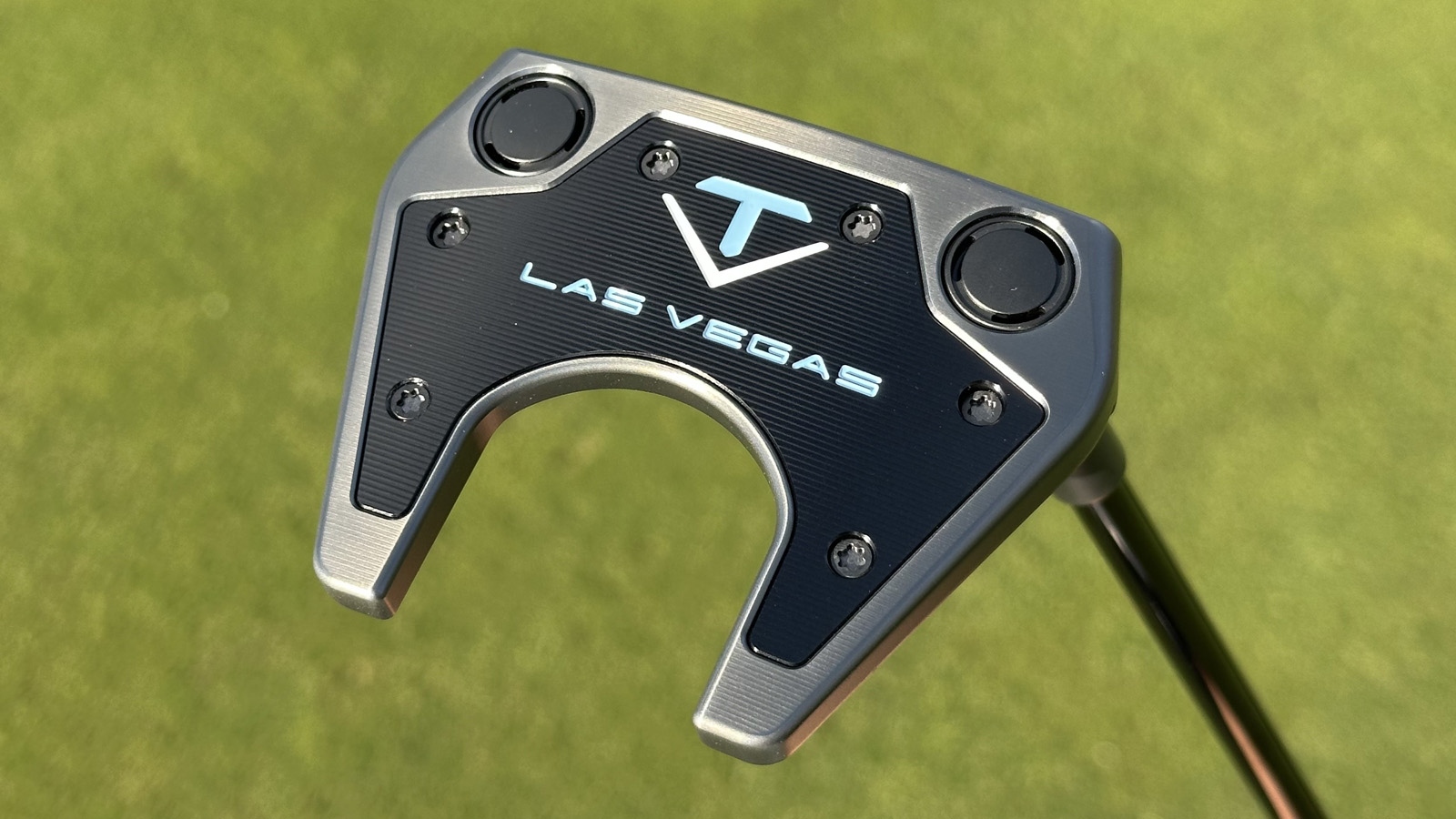
Toulon Las Vegas H1 25 Series Putter Review
Sam De’Ath tests the Toulon Las Vegas H1 25 Series putter on the course to see if it deserves consideration for a place in your bag
By Sam De'Ath Published
-
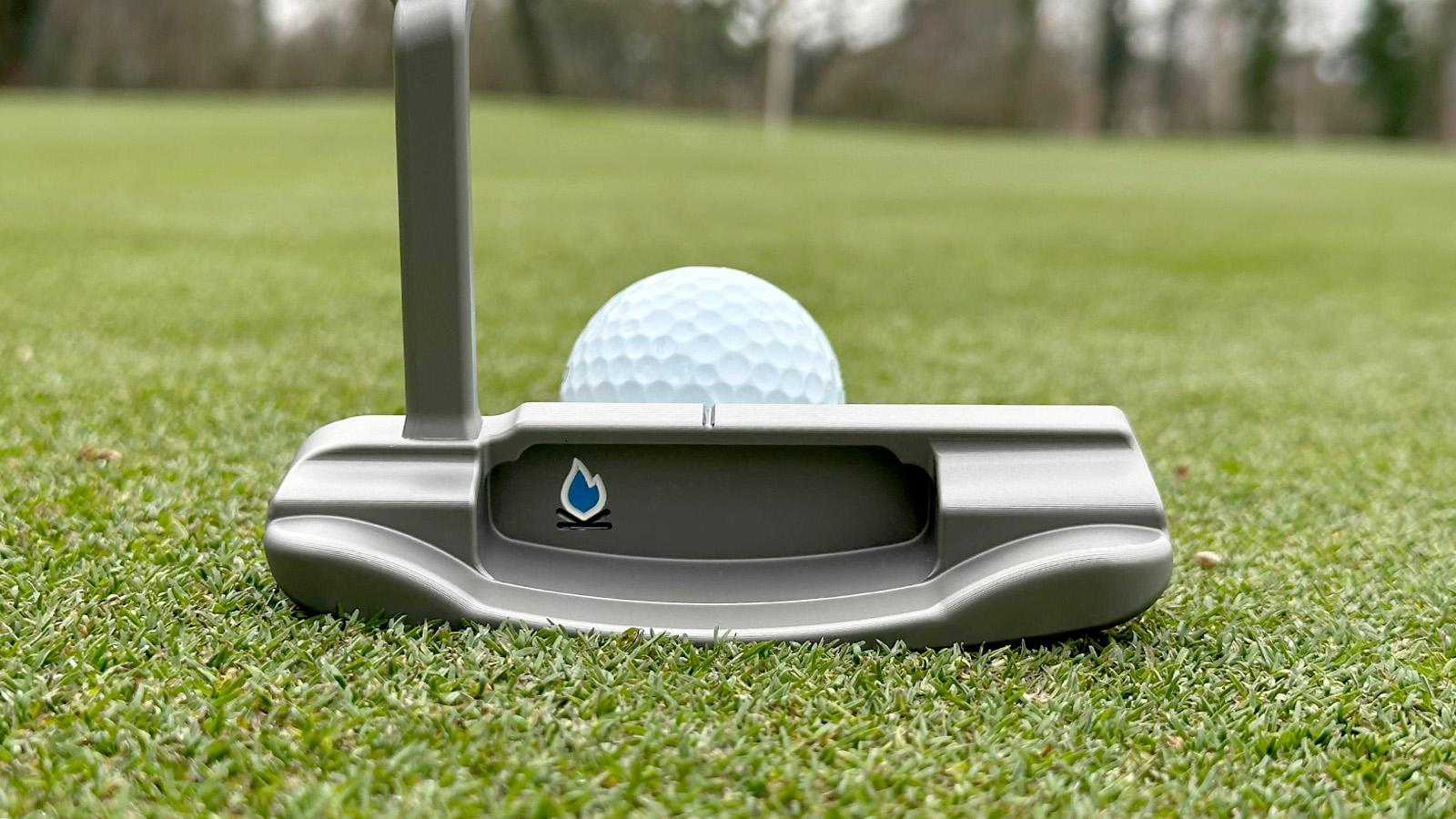
Kevin Burns 9307 Putter Review
Putter expert Sam De’Ath tests the Kevin Burns 9307 putter to the course to see if it’s worthy of a place in his bag
By Sam De'Ath Published
-
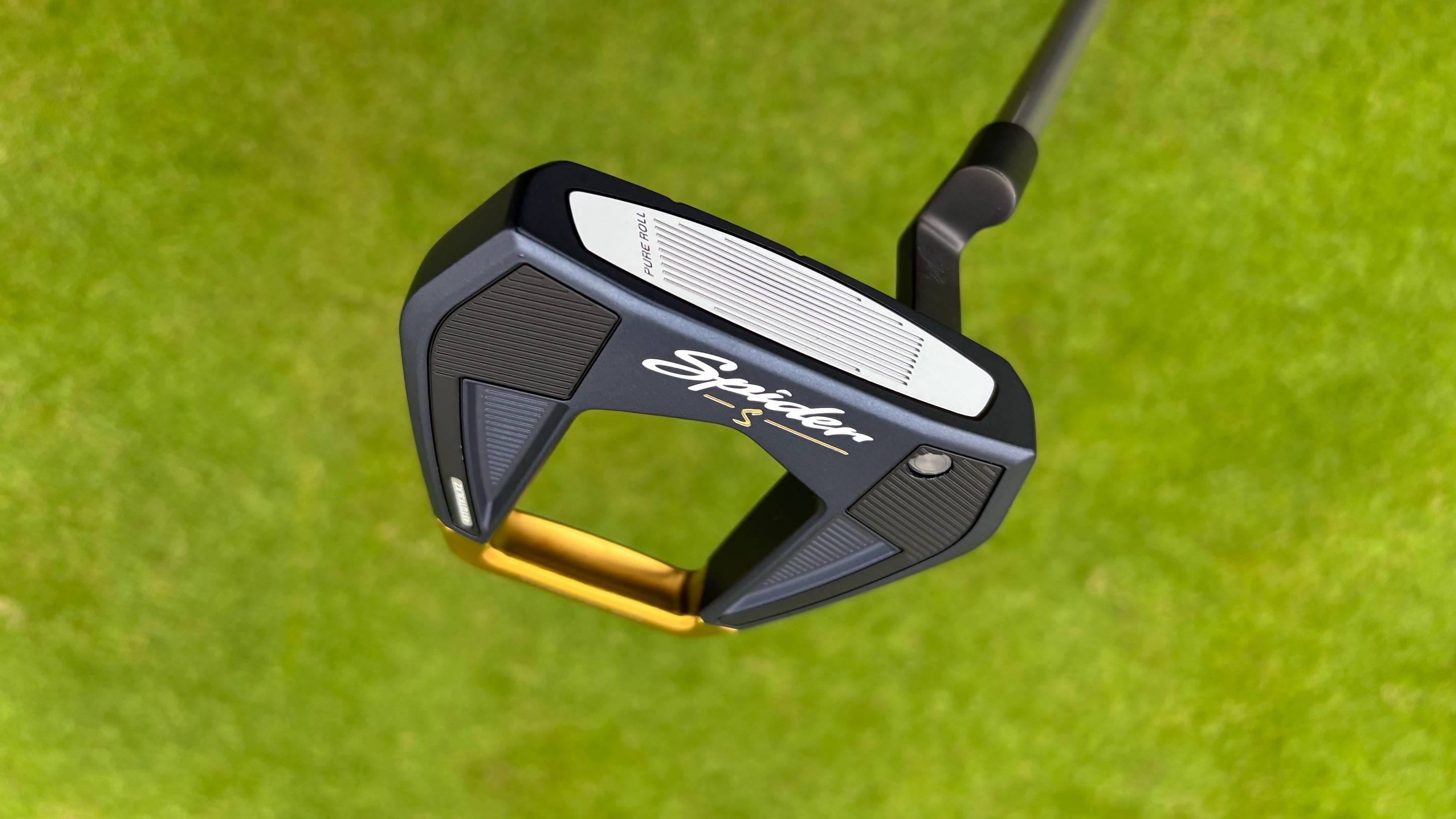
TaylorMade Kalea Gold Spider S Putter Review
Designed for women by women, we put TaylorMade's Kalea Gold Spider S putter through its paces
By Alison Root Published
-

Mizuno M.Craft X 6 Putter Review
Putter expert Sam De’Ath gets his hands on the Mizuno M.Craft X 6 putter and analyses the performance on offer
By Sam De'Ath Published
-
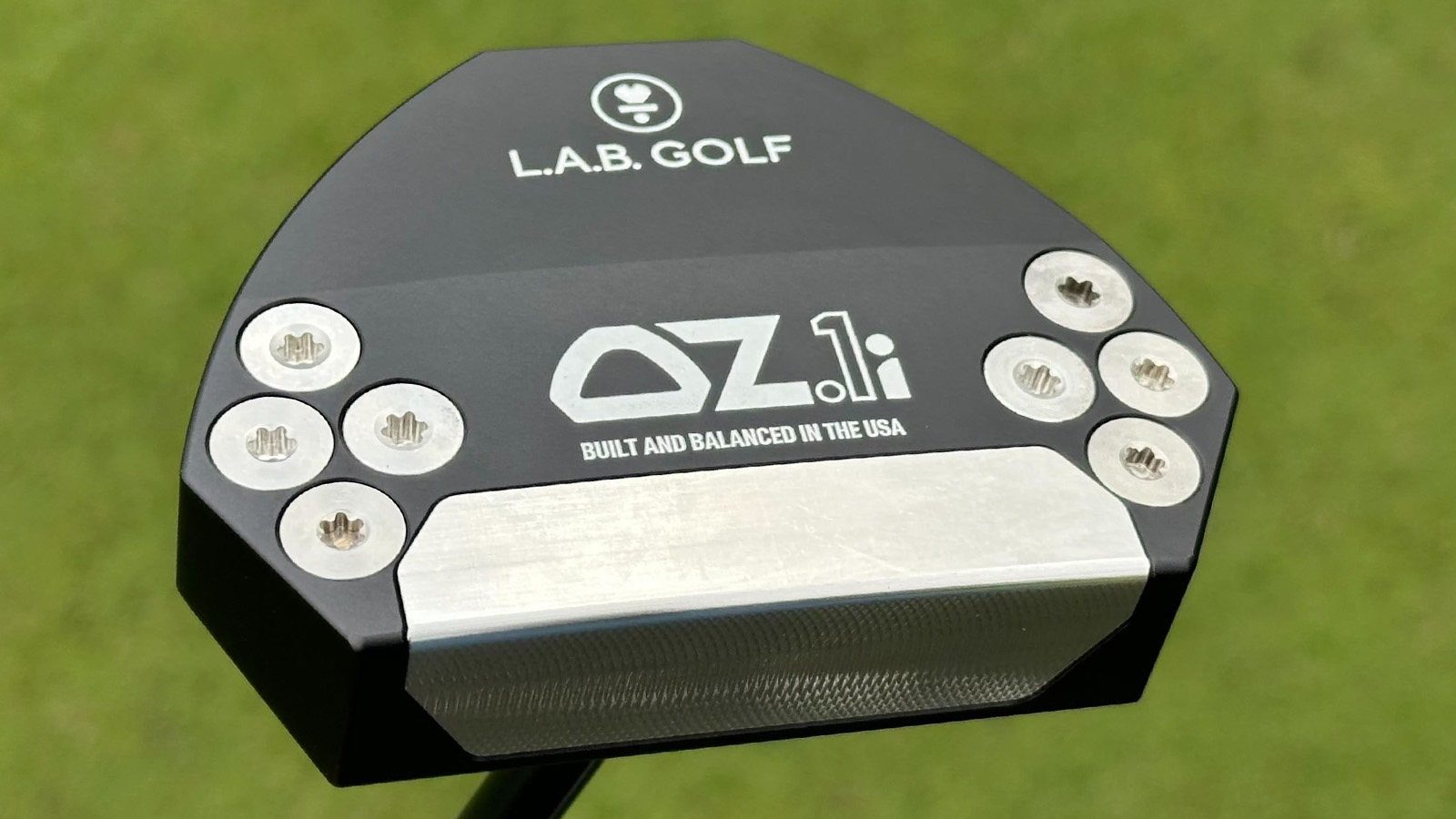
L.A.B. Golf OZ.1i Putter Review
The L.A.B. Golf OZ.1i putter is the newest release from the revolutionary putter brand, but how does it perform on the greens?
By Sam De'Ath Published
-
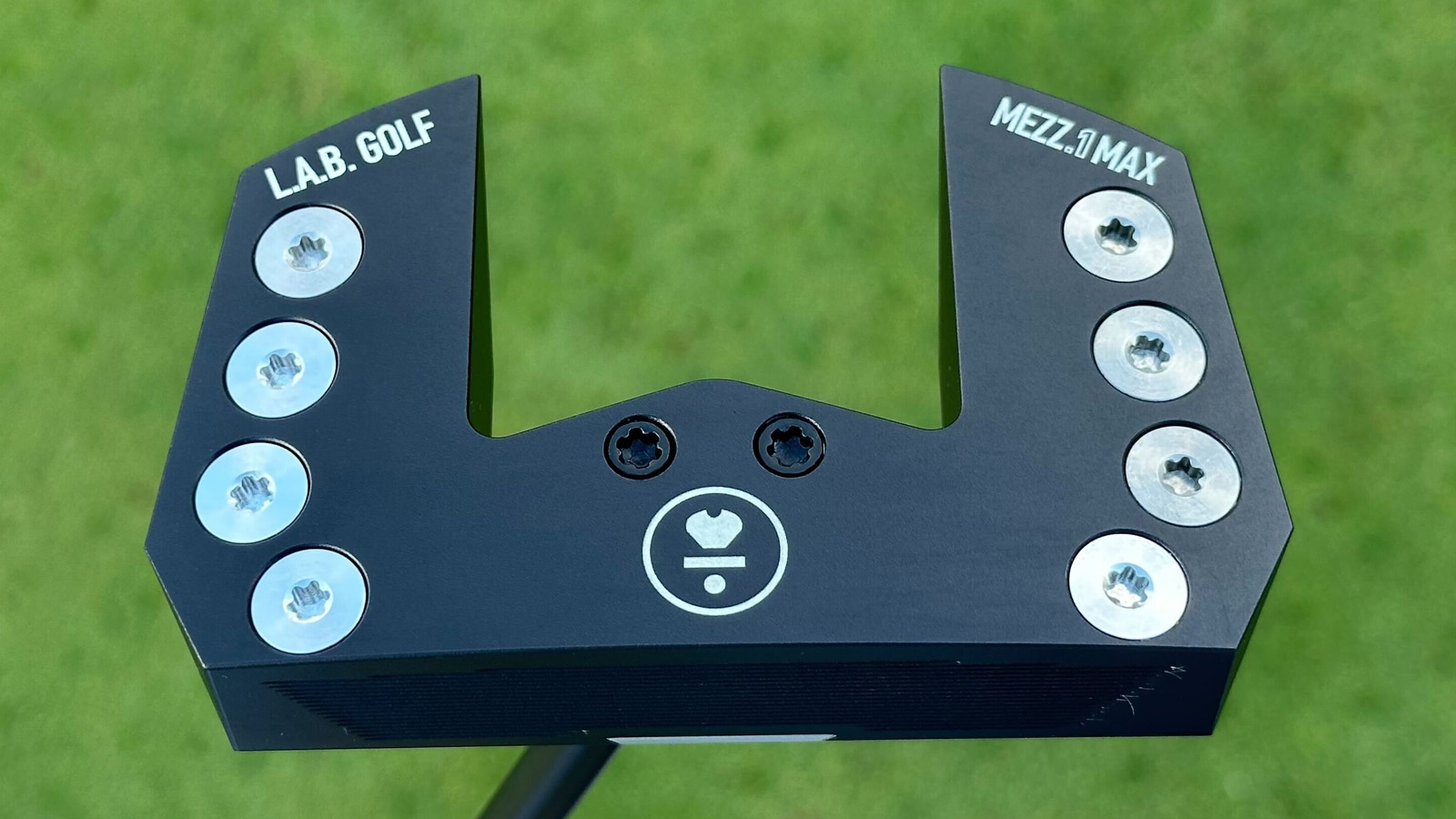
L.A.B. Golf MEZZ.1 MAX Putter Review
Sam De’Ath tests the L.A.B. Golf MEZZ. 1 MAX putter on the course to see if the company's Lie Angle Balanced technology could help you on the greens
By Sam De'Ath Published
